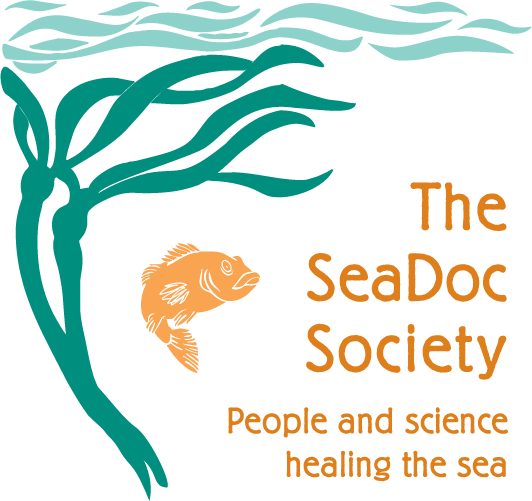Our dive team has been out surveying for young of the year #rockfish this week with colleagues at Paua Marine Research. While did find the baby rockfish we set out for, we had another exciting finding!
We saw five different large sunflower sea stars. SeaDoc and colleagues have published several papers showing how these “world’s largest” sea stars have been decimated by sea star wasting disease and we’ve worked with numerous organizations to help get them listed as Critically Endangered by the IUCN.













